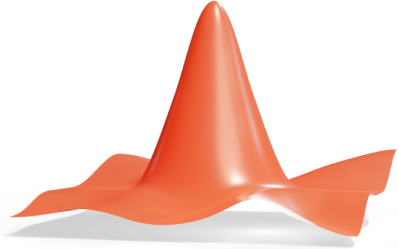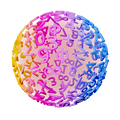GeoGebra
You can use GeoGebra to find the stationary points of a function. One method involves using CAS. Another way is to use Algebra View and Graphics View.
Recall that Solve yields exact answers (fractions and roots), while
Solve Numerically yields approximated answers given as decimal numbers.
GeoGebra Instruction 1
Stationary Points in CAS
- 1.
- Open
CASunderViewinMenu. - 2.
- Input your function using
f(x):=. Then pressEnter. - 3.
- To differentiate your function, click the expression in the previous row so that it is copied to the current one. Select the
Derivativetool.
- 4.
- Click the expression of the derivative. Type
=0after the expression and pressSolveor
Solve Numerically.
- 5.
- To find the coordinates of the maxima and minima, you need to calculate the corresponding -values. To do this, type
f(x-value)and then pressEnter. Do this for all the -values you have found. - 6.
- To determine visually if a point is a maximum, minimum or inflection point, you can look at the graph displayed in
Graphics View.

If you only want to find the extrema (maxima or minima) of a function, you can just use Graphics View.
GeoGebra Instruction 2
Extrema in Graphics View
- 1.
- Open
Algebra ViewandGraphics ViewunderViewinMenu. - 2.
- Enter your function into
Algebra Viewand then pressEnter. - 3.
- To find the extrema of the function, type
Extremum(<Function>, <Start x-Value>, <End x-Value>)
in
Algebra View.Enter the function name (, , and so on) for
<Function>. For<Start>and<End>, choose a sufficient interval based on the plotted graph. For<Start>, choose an -value to the left of all the extrema of the graph, and for<End>, choose an -value to the right of all the extrema of the graph.





















